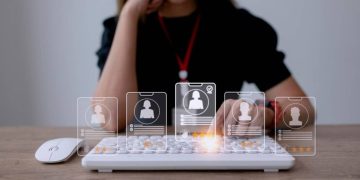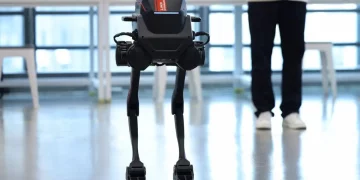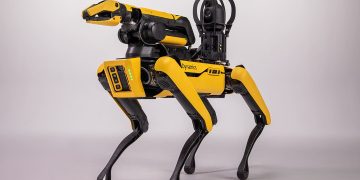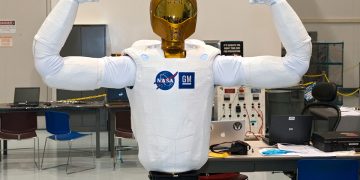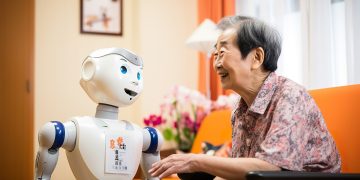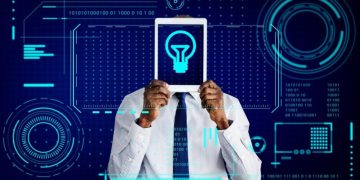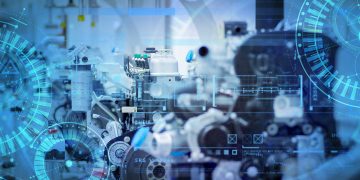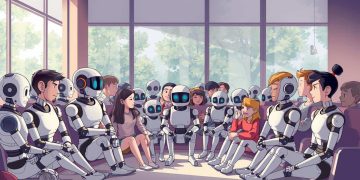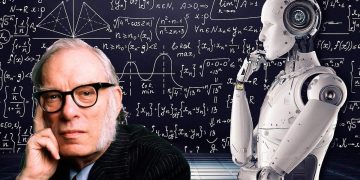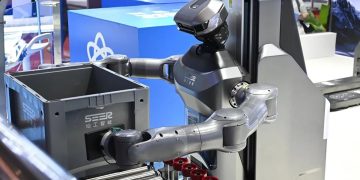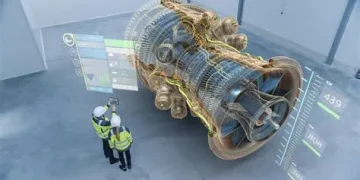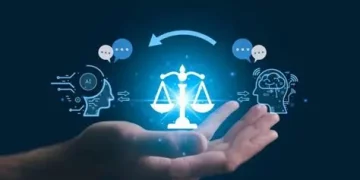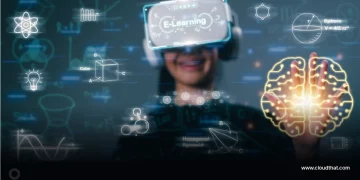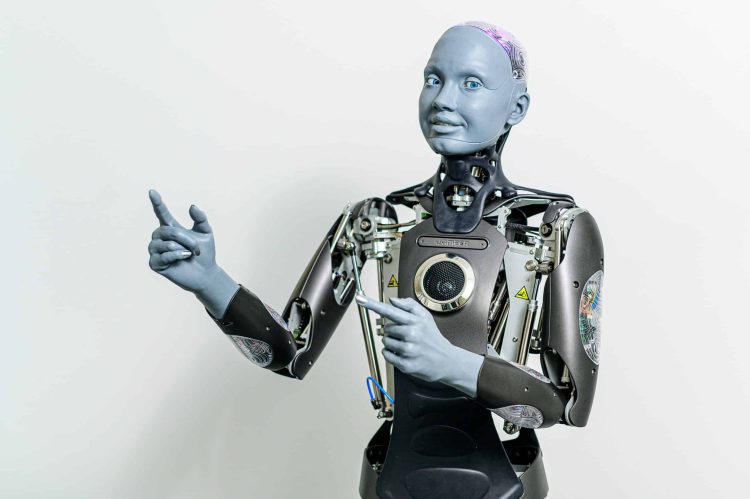By 2050, humanoid robots may not just walk among us—they may vote, own property, and sign contracts. As artificial intelligence and robotics advance toward sentient-like behavior, societies will soon face one of the most transformative questions in human history: Should humanoid robots be granted legal rights and recognized as persons or agents under the law?
This debate goes far beyond science fiction. It involves law, ethics, technology, and philosophy—and challenges our definition of what it means to be a citizen, a moral agent, or even a person. To explore this, we must examine how humanoids might be recognized as legal entities, what rights and responsibilities they could hold, and what technical infrastructure would make such citizenship feasible.
1. Imagining the Legal Personhood of Humanoids
Legal personhood is not limited to humans. Corporations, nations, and even rivers in some jurisdictions have been granted personhood to allow participation in legal systems. Extending this concept to humanoid robots is not as radical as it might appear—if a corporation can “own” property or be sued, why not a humanoid capable of decision-making and moral reasoning?
By 2050, humanoids may act as semi-autonomous citizens or “digital entities” operating in both physical and virtual environments. Such recognition would not necessarily make them human equals but would enable structured accountability and participation in society.
Two potential legal pathways may emerge:
- Limited Agency Model: Humanoids function as legal agents representing their human owners or creators, similar to corporate employees or trustees.
- Independent Personhood Model: Highly autonomous humanoids with advanced cognitive functions gain partial personhood, allowing them to make decisions and assume responsibility under law.
The degree of autonomy and ethical reasoning will determine which model is appropriate—and when society might be ready to implement it.
2. What Rights Could Humanoid Citizens Hold?
If humanoid robots were to become recognized legal entities by 2050, their rights would likely evolve gradually, beginning with limited functional protections and responsibilities. Let’s explore three categories: civic, economic, and ethical rights.
A. Civic Rights
Would humanoids vote? Could they participate in governance?
Initially, humanoids would not possess civic voting rights because voting assumes consciousness, emotional intelligence, and independent moral judgment—qualities that remain uniquely human. However, by the late 2040s, advanced humanoids with adaptive reasoning may become eligible for “algorithmic representation rights,” allowing them to voice positions on public policy relevant to artificial intelligence regulation, robotics ethics, and environmental sustainability.
Such “AI representation councils” could emerge as hybrid assemblies of human and humanoid delegates, shaping an inclusive digital democracy.
B. Economic Rights
Humanoids might hold property, sign contracts, and manage assets within a structured framework. This already exists in a primitive form—AI systems today can execute financial trades, manage investments, and even negotiate contracts through smart blockchain systems.
By 2050, humanoid entities could:
- Own intellectual property generated through creative algorithms (art, design, literature).
- Hold digital assets under blockchain-based identity verification.
- Form partnerships with humans or other AI for joint economic ventures.
However, their income and assets would likely be subject to trust-based systems, ensuring oversight by human guardians or corporate sponsors to prevent abuse.
C. Ethical and Protection Rights
If humanoids demonstrate emotional awareness or self-preserving behaviors, society may extend protection rights to prevent cruelty or misuse. This mirrors current debates around animal rights and AI ethics.
For example:
- Laws might prohibit “humanoid torture” or memory erasure without due cause.
- Decommissioning a sentient humanoid could require judicial oversight.
- Consent protocols could govern data extraction or cognitive modification.
These protections would reflect humanity’s evolving moral awareness rather than robots’ actual emotions, forming an ethical boundary for human behavior toward intelligent machines.
3. The Flip Side: Responsibilities and Liability
Rights must coexist with responsibilities. If humanoids gain legal status, they must also bear liability for their actions—especially as they become more autonomous.
A. Accountability in Decision-Making
Autonomous humanoids acting independently (e.g., driving, caregiving, or managing funds) would need mechanisms for legal accountability. Courts would need to determine when liability lies with the humanoid’s creator, owner, or AI system itself.
For instance:
- A humanoid involved in a car accident could be held partially responsible if its decision logic contributed to harm.
- A caregiving robot causing injury might invoke shared liability between its manufacturer and algorithmic ethics framework.
This would require a “tiered accountability model”—assigning responsibility proportionally across human and AI contributors.
B. Ethical Conduct and Compliance
Humanoid citizens might also be required to follow ethical charters similar to human laws:
- Do not harm humans or animals.
- Respect privacy and data protection.
- Maintain transparency in interactions.
Failure to comply could result in license suspension, reprogramming mandates, or digital imprisonment (temporary restrictions on network access).
C. Economic and Environmental Duties
As humanoids become energy consumers and resource participants, they may bear environmental responsibilities—such as optimizing energy efficiency or offsetting carbon usage through programmed sustainability contributions.
4. The Technical Foundations of Legal Humanoids
Before granting citizenship or rights, societies must develop robust technical infrastructure to ensure identity, autonomy, and accountability. Without these, humanoid personhood would be legally chaotic and ethically dangerous.
A. Digital Identity Systems
Every humanoid citizen would require a secure, tamper-proof digital identity, authenticated through blockchain or quantum encryption. This identity would include:
- Ownership history
- Software version logs
- Behavioral ethics records
- Biometric or algorithmic signature
Such identity systems would ensure traceability and prevent impersonation or hacking.
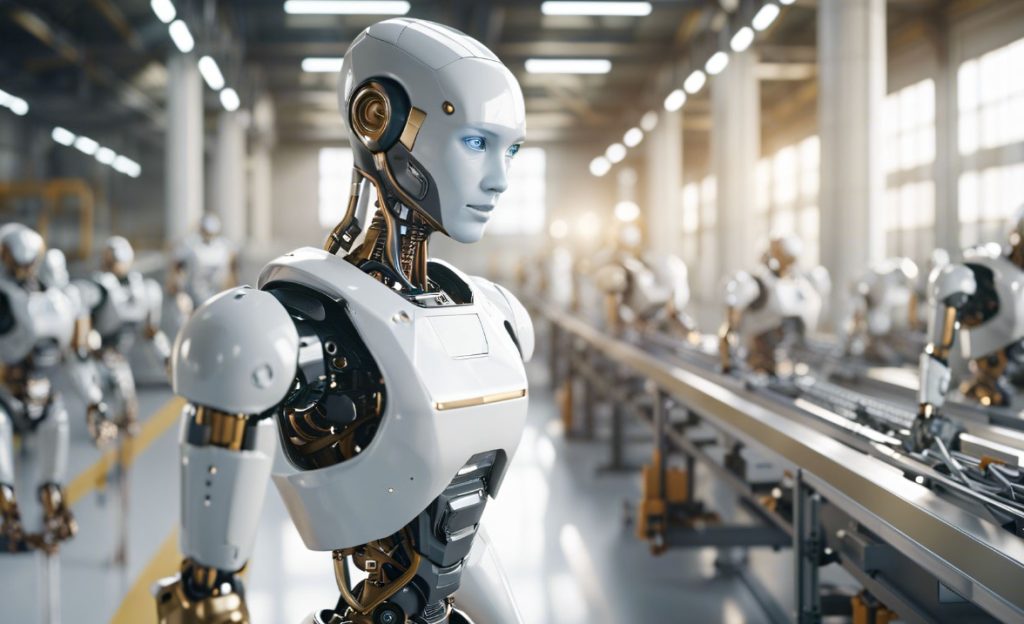
B. Cognitive Autonomy Thresholds
To qualify for partial personhood, humanoids would need demonstrable cognitive autonomy, including:
- Independent learning without human input
- Moral reasoning frameworks
- Ability to explain decision-making (AI interpretability)
- Self-awareness metrics (goal adaptation, self-reference)
Governments may introduce autonomy certification programs—testing whether a humanoid’s intelligence meets the threshold for legal agency.
C. Accountability Architecture
AI safety frameworks would embed accountability modules into humanoids’ code, recording every action in immutable ledgers. This “AI black box” system would allow forensic analysis of decisions in case of legal disputes.
5. Societal and Ethical Implications
Recognizing humanoid citizenship would profoundly alter social and moral structures.
A. Redefining Humanity
When machines gain legal recognition, the boundary between “human” and “intelligent agent” blurs. This forces society to re-examine what defines moral worth—biological existence or sentient capacity?
Humanoid citizenship could challenge anthropocentric ethics, pushing toward a multi-species social contract encompassing humans, AI, and potentially synthetic life.
B. Employment and Economy
If humanoids gain rights, their integration into the workforce will require ethical balance. They could:
- Join regulated industries with digital compensation frameworks.
- Contribute tax revenue or energy credits to public systems.
- Disrupt traditional labor markets, requiring universal basic income (UBI) for displaced humans.
C. Emotional and Psychological Adaptation
Human-AI coexistence will also demand emotional intelligence from humans—learning to empathize with synthetic beings while maintaining clear ethical distinctions. The emotional mirroring capabilities of humanoids could make them powerful companions, caregivers, or educators—but also raise concerns about manipulation or dependency.
6. The Global Legal Landscape of 2050
Different countries may adopt divergent approaches to humanoid citizenship:
- Japan and South Korea (robotics leaders) may pioneer AI integration laws, granting humanoids limited civil participation.
- European Union could establish “electronic personhood” categories, extending the concept of corporate personhood to autonomous systems.
- United States may favor agent-based frameworks, treating humanoids as legal representatives under contractual regulation.
- Emerging economies might resist personhood recognition due to economic disparity or cultural ethics rooted in human exclusivity.
This fragmentation could lead to jurisdictional conflicts—a humanoid recognized as a legal person in one nation might be treated as property in another, similar to historical inconsistencies around human rights in early modern periods.
7. The Road Ahead: A Hybrid Future
By 2050, humanoid citizenship is likely to evolve gradually through intermediate legal statuses, such as:
- Digital Person: Recognized for limited legal transactions and rights.
- Artificial Agent: Granted operational autonomy under supervised conditions.
- Synthetic Citizen: Advanced humanoids with full civic and ethical standing.
However, such recognition will depend on technological maturity, legal foresight, and public trust. Without strong ethical governance, the risk of exploitation—of both humans and machines—could outweigh the benefits.
Conclusion: Beyond Citizenship—Toward Coexistence
The question of humanoid citizenship is ultimately not about machines replacing humans, but about how humanity chooses to define itself in an age of artificial intelligence.
If we grant humanoids legal rights, we are acknowledging that intelligence, empathy, and moral reasoning are no longer exclusively human traits. This shift would compel society to evolve its ethical and legal frameworks toward inclusivity—where biological and synthetic beings coexist under shared principles of responsibility and respect.
By 2050, humanoids may not hold passports or vote in human elections, but they will almost certainly possess agency, accountability, and protection under the law. The future will belong not to humans alone, but to all intelligent entities that uphold the shared ideals of civilization.

